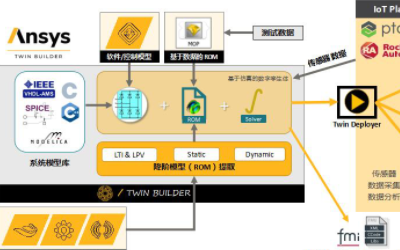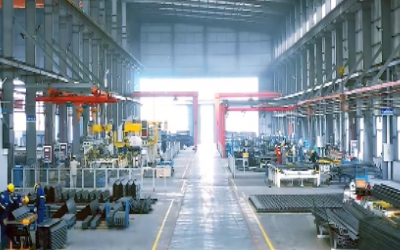Rare earth sector plans more higher value-added products
China's rare earth industry has to produce more high-end products by further reducing the number of producers in the next five years, according to the 13th Five-Year Plan (2016-20) for the industry released by the Ministry of Industry and Information Technology on Tuesday.
According to the plan, rare earth with higher added value will account for 50 percent of the total output by 2020, up from 25 percent in 2015.
"The exploitation should be controlled while the added value should be increased," said Jia Yinsong, director of the ministry's rare earth office.
The plan has stipulated that the total mining of rare earths in 2020 should be no more than 140,000 metric tons, compared with the 105,000 tons limit in 2016.
According to the plan, producers' profit rates are projected to increase to 12 percent in 2020, from 5.8 percent in 2015. The research and development versus revenue ratio is seen rising to 5 percent in 2020 from 3 percent in 2015.
Jia said that the demand for high-end rare earths would be driven up by growth industries, including those making high-end equipment, new energy automobiles and high-performance medical equipment.
"China accounts for merely 25 percent of the high-end international rare earth market, including magnetic, catalyst, hydrogen storage and luminescent materials," Jia said.
"Europe, the United States and Japan dominate the market."
Jia added that one of the main challenges in the industry was primary-level rare earth production overcapacity caused by illegal exploitation and production, which has led to low prices.
The plan sets a goal of concentrating the capacity among the biggest six rare earth corporations by 2020. In the past five years, the number of rare earth smelting and separating companies has fall to 59 current from 99 in 2011.
"The rare earth industry must be concentrated because waste water and sand management is very costly," said Jia.
"A major reason for the recent bankruptcy of the only rare earth company in the US, Molycorp Inc, is the huge cost of environmental management," Jia added.
"The exploitation should be controlled while the added value should be increased," said Jia Yinsong, director of the ministry's rare earth office.
The plan has stipulated that the total mining of rare earths in 2020 should be no more than 140,000 metric tons, compared with the 105,000 tons limit in 2016.
According to the plan, producers' profit rates are projected to increase to 12 percent in 2020, from 5.8 percent in 2015. The research and development versus revenue ratio is seen rising to 5 percent in 2020 from 3 percent in 2015.
Jia said that the demand for high-end rare earths would be driven up by growth industries, including those making high-end equipment, new energy automobiles and high-performance medical equipment.
"China accounts for merely 25 percent of the high-end international rare earth market, including magnetic, catalyst, hydrogen storage and luminescent materials," Jia said.
"Europe, the United States and Japan dominate the market."
Jia added that one of the main challenges in the industry was primary-level rare earth production overcapacity caused by illegal exploitation and production, which has led to low prices.
The plan sets a goal of concentrating the capacity among the biggest six rare earth corporations by 2020. In the past five years, the number of rare earth smelting and separating companies has fall to 59 current from 99 in 2011.
"The rare earth industry must be concentrated because waste water and sand management is very costly," said Jia.
"A major reason for the recent bankruptcy of the only rare earth company in the US, Molycorp Inc, is the huge cost of environmental management," Jia added.








